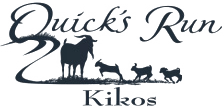Reliable Kiko Goat Farm on the East Coast
Established in 2010 in the heart of central South Carolina, Quick’s Run Kikos embodies a decade of dedication to superior goat breeding. Our Kiko goat farm on the East Coast started with an ambition to manage livestock, evolving from handling horses and Lowline Angus cattle to specializing in Kiko goats. Our journey began when we stumbled upon an article about the remarkable Kiko breed—it was an instant connection.
Drawing from over 20 years of experience in animal genetics with a prominent Labrador Retriever breeder, we knew the potential of Kiko goats for improving genetic lines.
Our Passion for Kiko Goats
Since acquiring our first 100% Kiko does in 2011 and subsequently introducing our original bucklings in 2012, we’ve been immersed in perfecting the breed. Our first Kiko kids in the spring of 2013 marked a significant milestone.
Simultaneously, we explored hybrid vigor by incorporating mixed breed does into our herd, aiming to optimize traits beneficial for the meat market. Crossbreeding Kiko goats with other breeds, especially Boer goats, enhances their characteristics and boosts meat production efficiency. Our objective is to cultivate a herd characterized by minimal maintenance and consistent productivity.
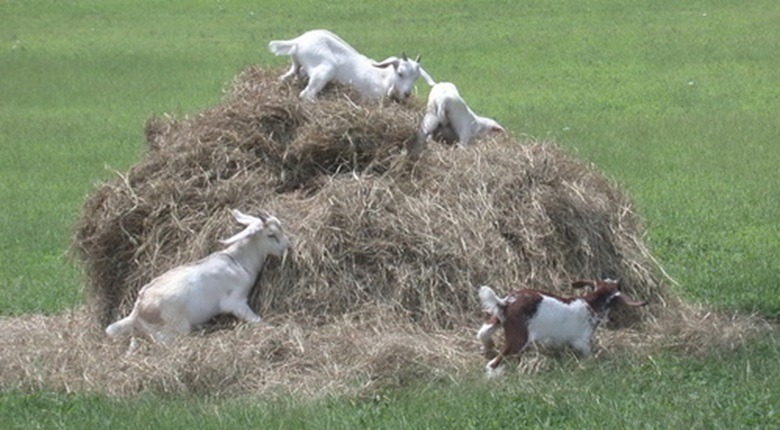
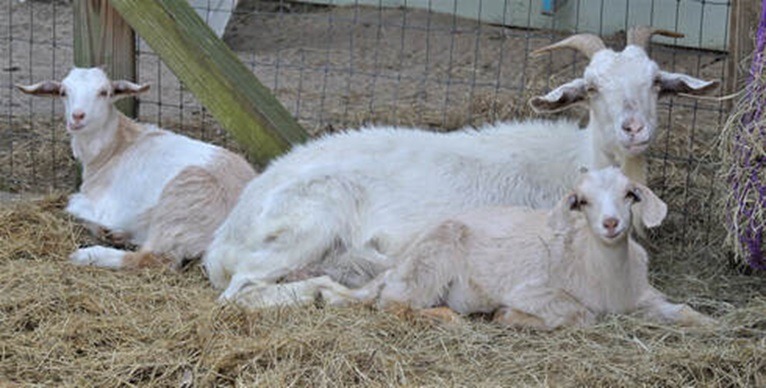
Why to Choose Kiko Goats
Survivability and Superior Traits
Kiko goats were first recognized as a distinct breed in 1987. They originated from the resilient New Zealand feral goat population. Their survival in challenging conditions fostered traits such as parasite resistance, efficient mothering, and robust weight gain—qualities all vital for commercial meat production. These goats were then selectively bred with larger domestic breeds, enhancing their size while retaining desirable characteristics.
Commitment to Quality
At Quick’s Run Kikos, “Kiko – the breed to lead!” is more than a motto — it’s a philosophy guiding our breeding practices. We pride ourselves on rigorous selection and culling processes that amplify traits like survivability and meat production efficiency, both in purebred Kiko goats and those crossbred with Boer goats. Our commitment extends to improving the breed not just for today but for generations to come.
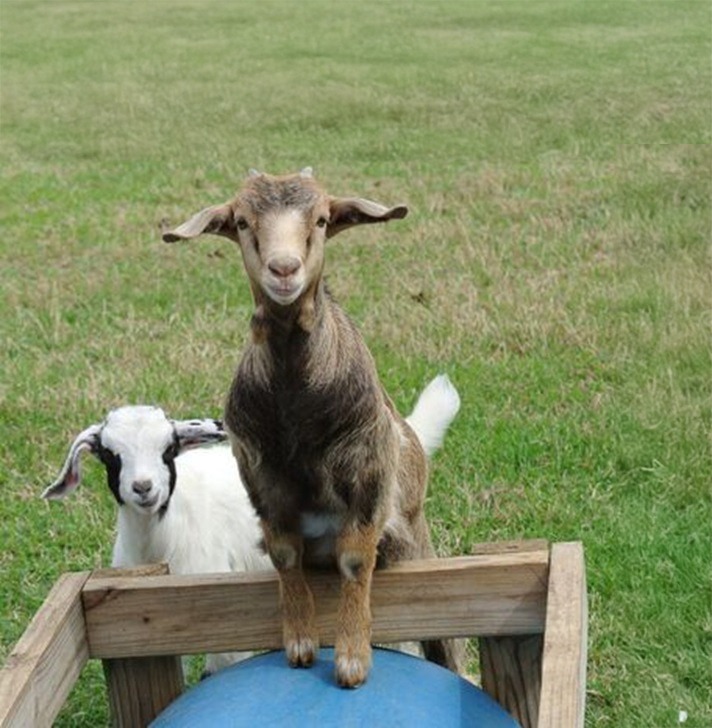
“. . . the whole earth is full of His glory!” — Isaiah 6:3
“The heavens declare the glory of God; and the firmament shows His handiwork.” — Psalm 91:1
Reliable Kiko Goat Farm on the East Coast
Established in 2010 in the heart of central South Carolina, Quick’s Run Kikos embodies a decade of dedication to superior goat breeding. Our Kiko goat farm on the East Coast started with an ambition to manage livestock, evolving from handling horses and Lowline Angus cattle to specializing in Kiko goats. Our journey began when we stumbled upon an article about the remarkable Kiko breed—it was an instant connection.
Drawing from over 20 years of experience in animal genetics with a prominent Labrador Retriever breeder, we knew the potential of Kiko goats for improving genetic lines.
Our Passion for Kiko Goats
Since acquiring our first 100% Kiko does in 2011 and subsequently introducing our original bucklings in 2012, we’ve been immersed in perfecting the breed. Our first Kiko kids in the spring of 2013 marked a significant milestone.
Simultaneously, we explored hybrid vigor by incorporating mixed breed does into our herd, aiming to optimize traits beneficial for the meat market. Crossbreeding Kiko goats with other breeds, especially Boer goats, enhances their characteristics and boosts meat production efficiency. Our objective is to cultivate a herd characterized by minimal maintenance and consistent productivity.


Why to Choose Kiko Goats
Survivability and Superior Traits
Kiko goats were first recognized as a distinct breed in 1987. They originated from the New Zealand feral goat population made up of the different breeds of goats that survived shipwrecks. Facing the challenging coastal conditions, the goats developed by the principles of ‘survival of the fittest’. Those goats with better parasite resistance, good mothering traits and efficient feed conversion on the available forage survived and passed on these traits to the next generation.
These hardy goats were then selectively bred to larger dairy breeds, enhancing their size while retaining their desirable characteristics. Through controlled breeding and rigorous culling, a lean, well-muscled, large framed goat with efficient growth and survivability was the result. The New Zealand goat producers had achieved the superior qualities vital for commercial meat production at a great economical advantage.
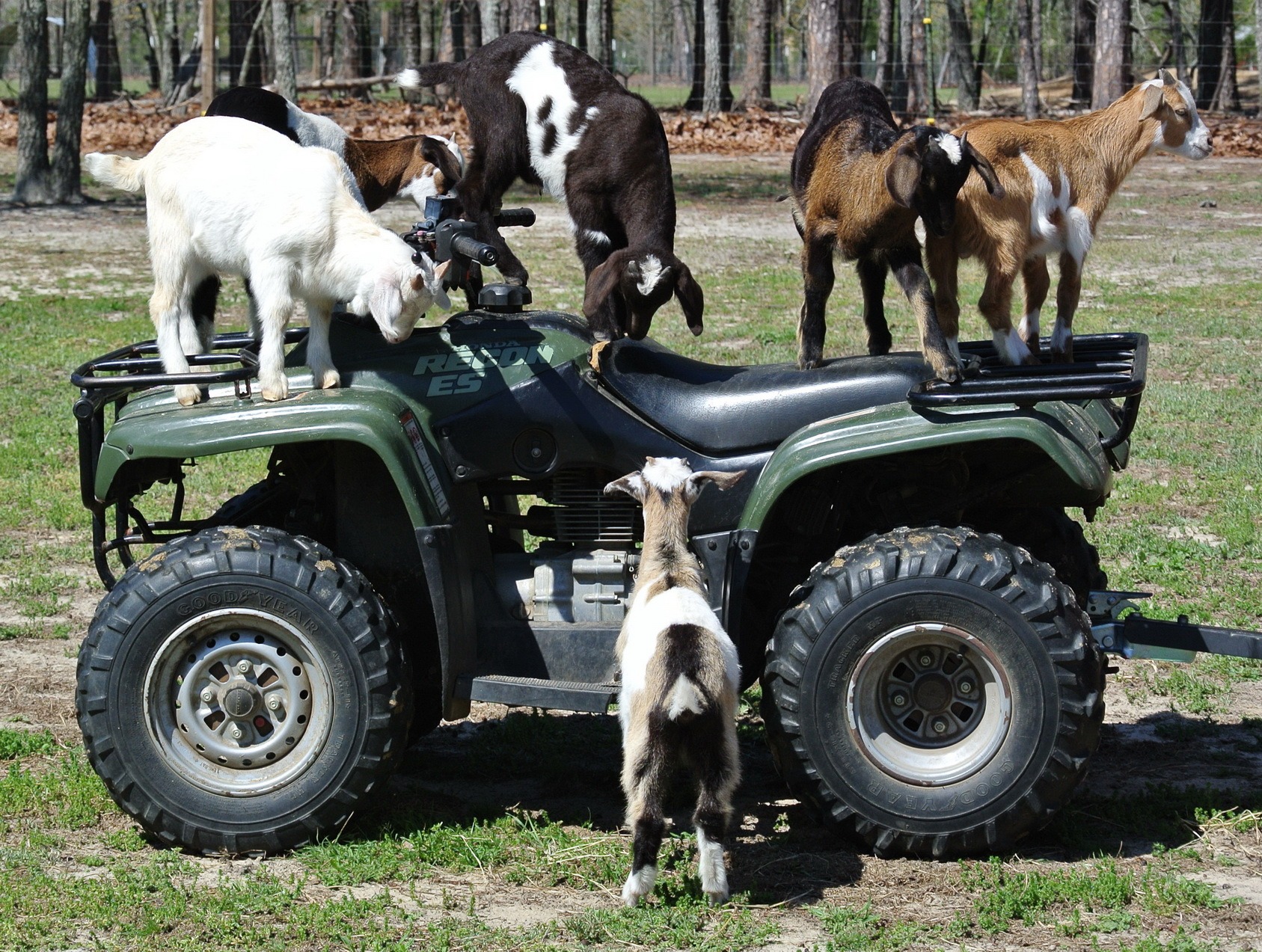
“The heavens declare the glory of God; and the firmament shows His handiwork.” — Psalm 91:1
